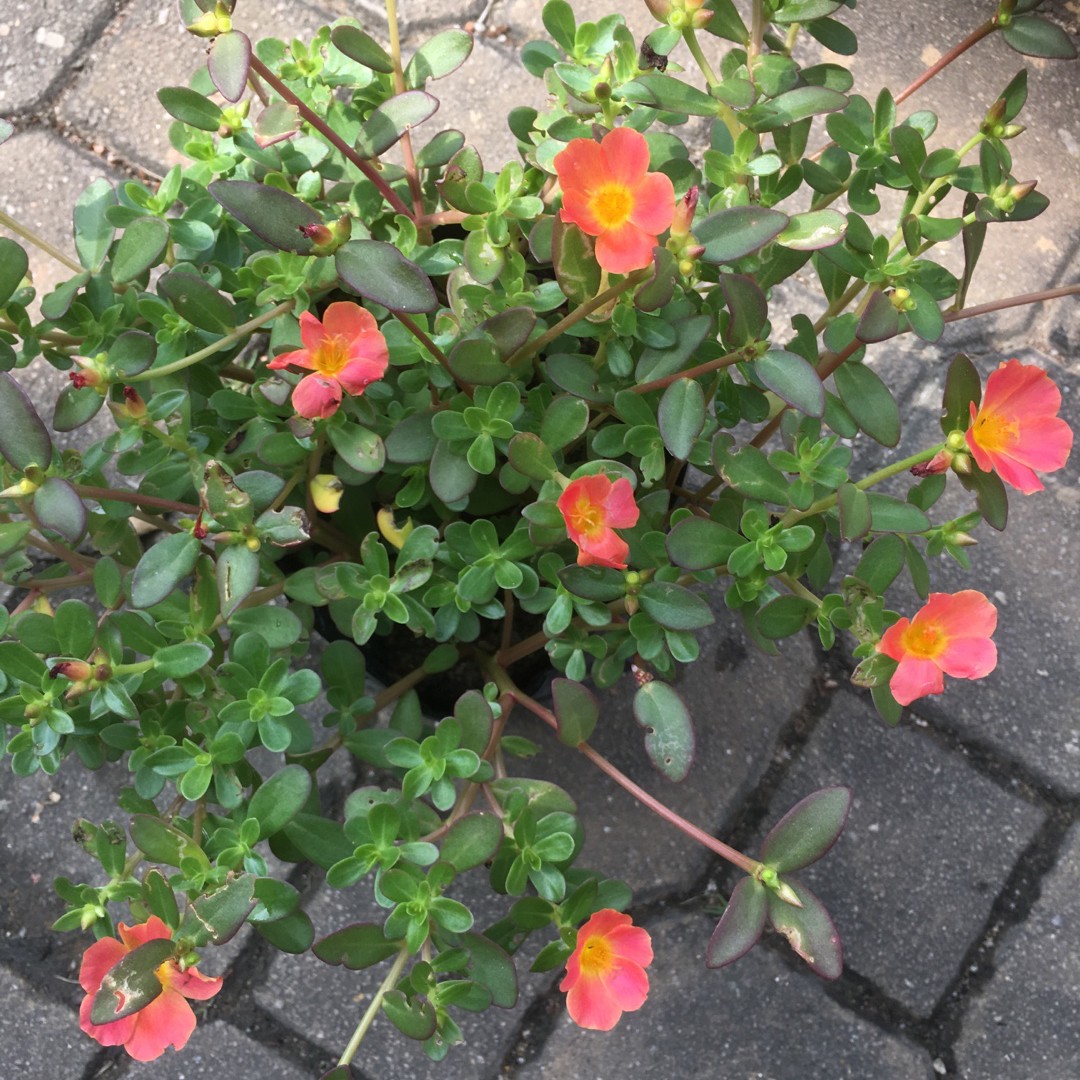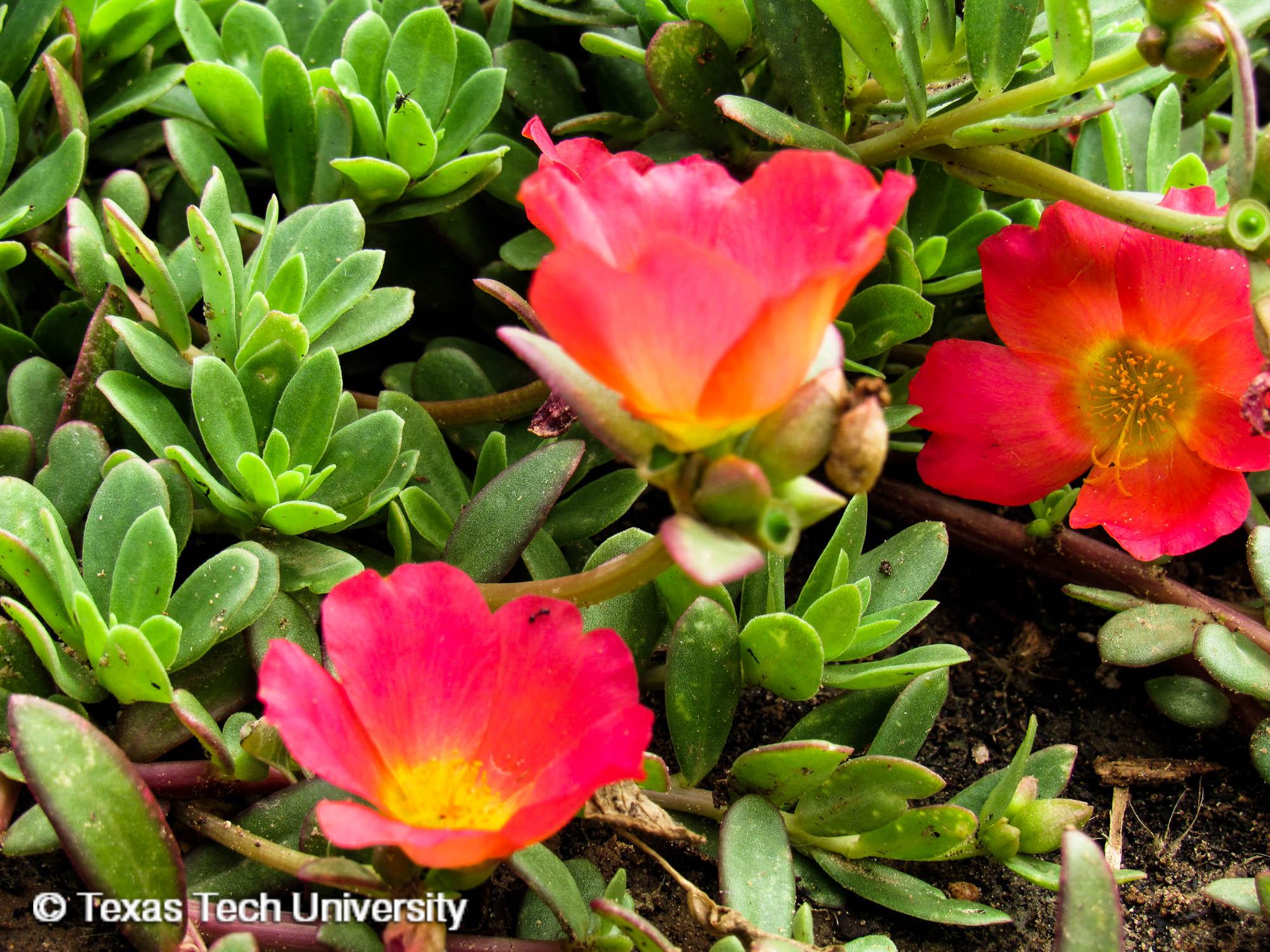How To Grow Wingpod Purslane In Days Or Less
Here are some additional tips for growing wingpod purslane:
- Wingpod purslane is a self-seeding plant, so you may find that it comes back year after year.
- If you live in an area with a hot summer, you may need to water your plants more often.
- Wingpod purslane is a good companion plant for tomatoes and peppers.
- Wingpod purslane can be used to control weeds in your garden.
Wingpod purslane is a beautiful and easy-to-grow succulent plant that is perfect for adding a splash of color to your garden. It is also a good source of vitamins and minerals, and has some medicinal uses.
If you are interested in learning more about wingpod purslane, I recommend visiting Home Gardening. This website has a wealth of information about the plant, including its care, propagation, and medicinal uses.
FAQ of wingpod purslane
What is wingpod purslane?
Wingpod purslane is a type of edible purslane that is native to the Americas. It is a succulent plant with thick, fleshy leaves and stems. The leaves are a deep green color and have a slightly sour taste. Wingpod purslane is a good source of vitamins A and C, as well as minerals such as potassium and calcium.
How do I grow wingpod purslane?
Wingpod purslane is a relatively easy plant to grow. It can be grown from seed or by transplanting seedlings. The seeds should be planted in early spring or fall. Wingpod purslane prefers full sun and well-drained soil. It does not require a lot of water, and can even tolerate some drought conditions.
What are the health benefits of wingpod purslane?
Wingpod purslane is a good source of vitamins and minerals, and has been shown to have a number of health benefits. These include:
- Improved heart health: Wingpod purslane contains omega-3 fatty acids, which have been shown to lower cholesterol levels and reduce the risk of heart disease.
- Boosted immunity: Wingpod purslane is a good source of vitamin C, which is essential for a healthy immune system.
- Reduced inflammation: Wingpod purslane contains antioxidants that can help to reduce inflammation in the body.
- Improved digestion: Wingpod purslane is a good source of fiber, which can help to improve digestion and prevent constipation.
How do I prepare wingpod purslane?
Wingpod purslane can be eaten raw, cooked, or pickled. It can be added to salads, soups, stews, or stir-fries. It can also be pickled or used to make chutney.
Is wingpod purslane safe to eat?
Yes, wingpod purslane is safe to eat. It is a non-toxic plant and has no known side effects. However, it is important to note that wingpod purslane can be high in oxalates, which can be harmful to people with kidney problems. If you have kidney problems, it is best to avoid eating wingpod purslane or to consume it in moderation.
Image of wingpod purslane
- Image 1: A close-up of a wingpod purslane plant, showing its delicate pink flowers and succulent leaves.

- Image 2: A cluster of wingpod purslane fruits, showing their distinctive winged pods.

- Image 3: A wingpod purslane plant growing in a garden, with its bright green leaves and pink flowers.

- Image 4: A single wingpod purslane flower, showing its delicate petals and pistil.

- Image 5: A wingpod purslane leaf, showing its smooth, succulent surface.

- Image 6: A seed pod of wingpod purslane, showing its distinctive wings.

- Image 7: A cluster of wingpod purslane plants, growing in a pot.

- Image 8: A wingpod purslane plant, with its leaves covered in dewdrops.

- Image 9: A wingpod purslane plant, with its leaves turning red in the fall.

- Image 10: A wingpod purslane plant, with its fruits beginning to ripen.

Post a Comment for "How To Grow Wingpod Purslane In Days Or Less"